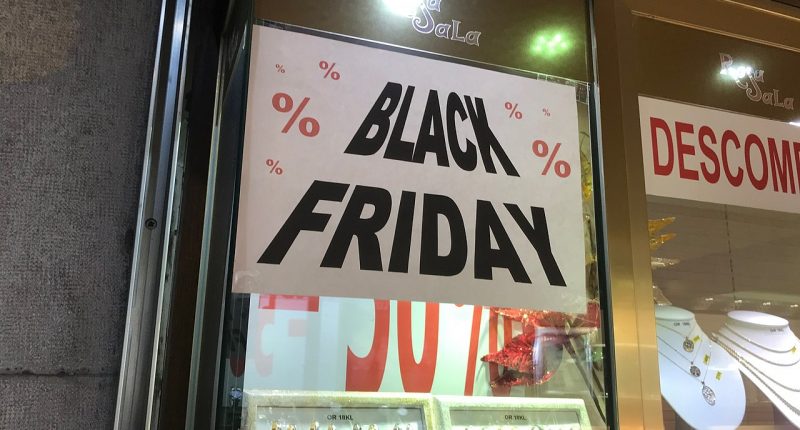Black Friday, the day following Thanksgiving Day, which marks the beginning of the holiday season sale and lures in thousands of shoppers with attractive deals, might have lost its charm this year as it managed to reel in only $9 billion, according to data by Adobe.
The sale that gets bigger and better every year, has still managed to pull in crowds (mostly digitally) looking for great deals. The day also marks the start of holiday sales and predicts how said sale will progress in time, which is most important for the retail and commerce sector. 2020 has been a bad year for small businesses all around the globe and even on Black Friday sales, were found to be at the lower end of the predicted range.
According to Adobe, which covers sales in real-time in 80 of the top 100 retailers in the U.S., customers have spent around $9 billion online on Black Friday sales. The figure is up by 21.6 percent on a year on year basis. While that may seem very impressive (and it is) Adobe had earlier predicted sales somewhere between $8.9 billion and $9.6 billion on Black Friday, which means the growth has been on the lower end of expectations.
This figure makes Black Friday the second-largest online spending day in the US following 2019’s Cyber Monday. Adobe forecasts that 2020 Cyber Monday will attract sales somewhere between $10.8 billion and $12.7 billion, which will make it much larger than last year’s event.
Adobe also informs that the most popular items for this year’s Black Friday sales were Lego sets, Barbie toys, kid scooters, HP laptops, and Apple Watches.
Taylor Schreiner, Adobe Digital Insights director, said in a statement sent to USA TODAY, “Traditional Black Friday purchases are sharing online shopping cart space this year with unorthodox Black Friday purchases such as groceries, clothes, and alcohol, that would previously have been purchased in-store.”
Smartphones remained one of the most sought products in the sale. This year smartphone sale was up by $3.6 billion, which is an increase by 23.6 percent on a year on year basis.
Most sales were seen via digital platforms as the coronavirus pandemic has moved many offline buyers to make their purchases online. According to preliminary data from Sensormatic Solutions, in-store Black Friday traffic plunged by 52.1 percent.
Another online e-commerce platform Shopify has also informed that the sales among its 1 million independent and direct-to-consumer businesses stood at $ 2.4 billion. According to Shopify, the most sales (as many as $3 million in sales per minute) were done at 9 am Eastern. The online e-commerce platform also informs that the average cart size for US shoppers was $ 95.60. Most sales are also being done by smartphones, noting that some 70% of its sales are done on mobile.





